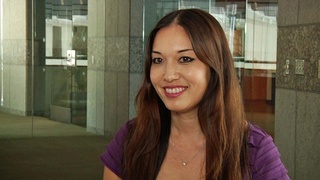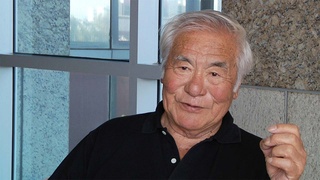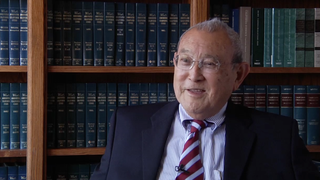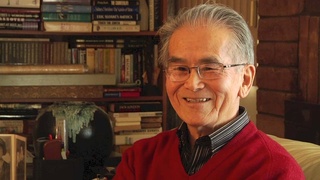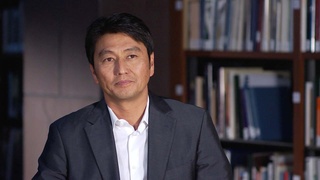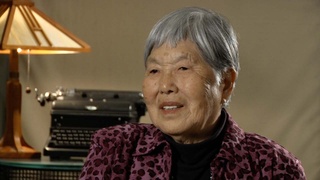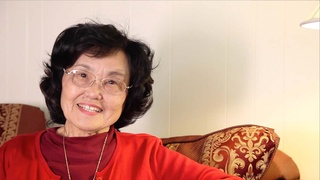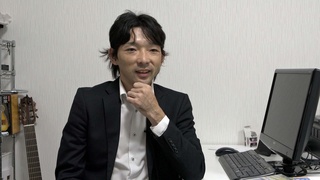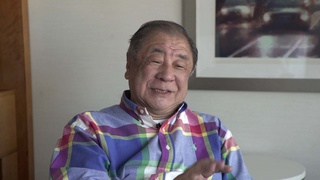Interviews
Reaction to the Emperor’s surrender
Oh tearing…in Japan, yes. I believe for Emperor to accept the defeat, then for him to come and tell the people…you see, Emperor is way high and common people cannot reach him. He’s a god, we were told. And for him to say and then to surrender, would disbelief…well it’s very, very…it was a very difficult moment for I think all of us. They want anybody that was in the army at that time…I don’t think there was any other way we could express ourselves at that time.
Because……looking back and if he says, “Hey, you’re an American citizen.” Well it wasn’t that simple as that. You’re in the Japanese army to protect Japanese land. That’s your main reason you’re in there. To take a defeat is…well, you…until you accept it, it was…it did take a few days to…in my true opinion, yes. I know it’s hard to…even it’s hard for me to explain it right now. But the true feeling was…it was true. I just haven’t been brought up that way.
Date: June 17, 2008
Location: California, US
Interviewer: Janice Tanaka
Contributed by: Watase Media Arts Center, Japanese American National Museum

